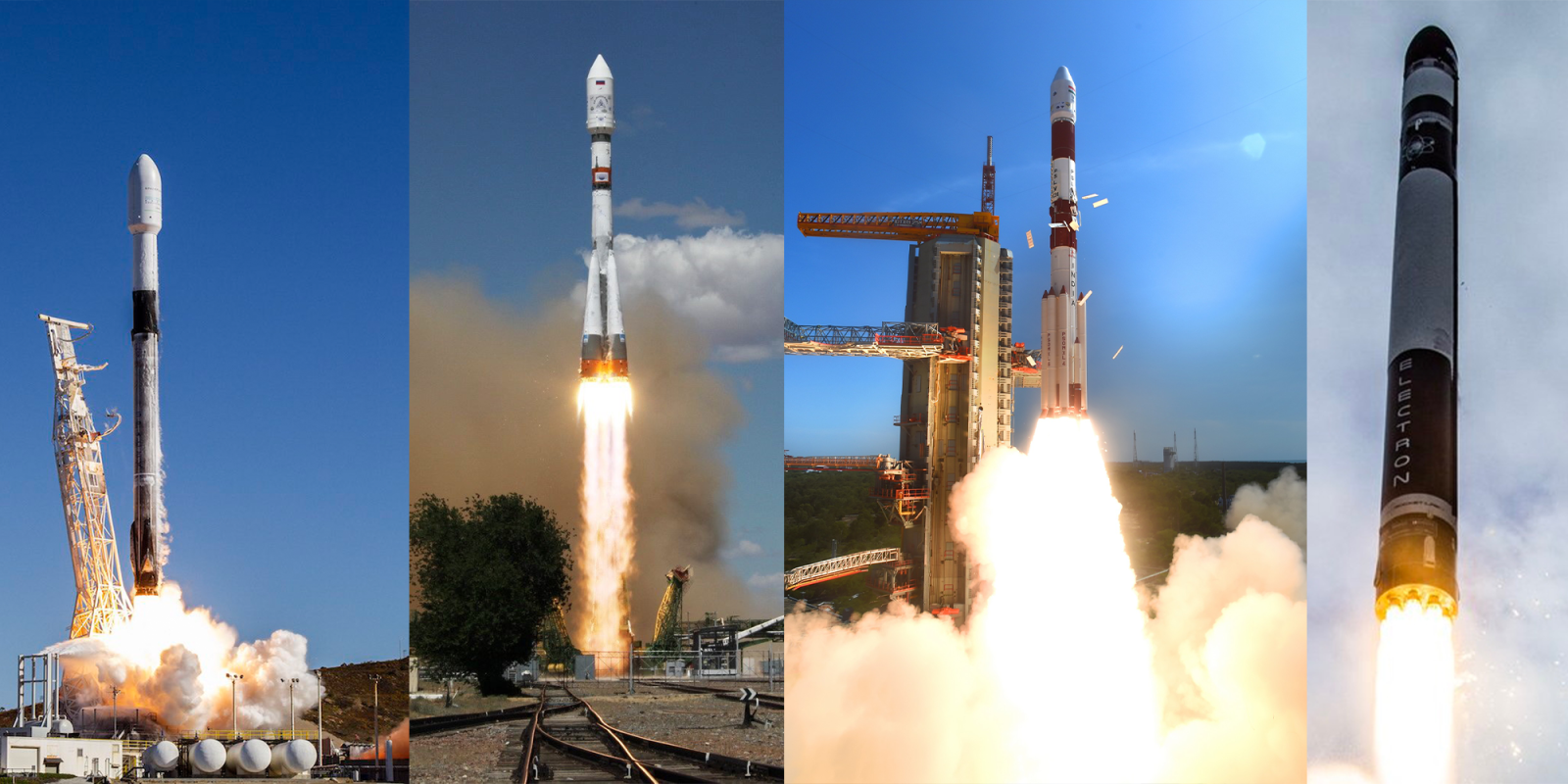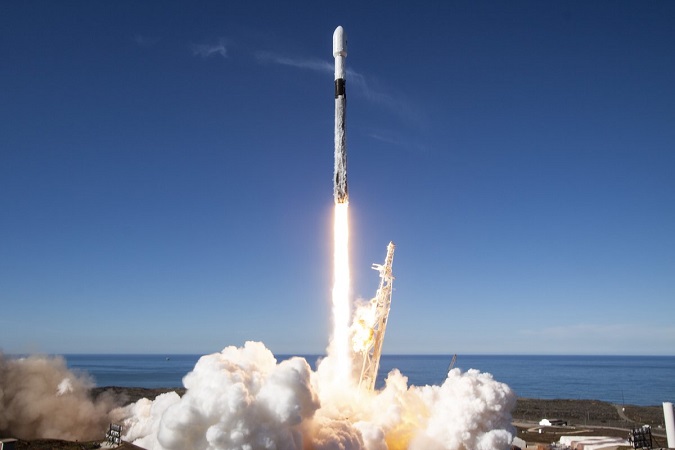
Spaceflight Inc has been the go-to company for getting your payload into space for the past 10 years. They went from a scrappy start-up trying to find excess space in missions to fly their customers to launching dedicated rideshare missions tailored for their customers. We were able to speak with their CEO, Curt Blake, and learn more about how they operate.
Many factors go into finding the right ride
Like everything in spaceflight, things can get complicated. While you might think all you need is the size of the payload and where you want to put it in space, depending on how many licenses and what county you want to launch from it can take from 1-6 months to launch your payload.
Blake mentioned that they have a whole online web portal for their repeat customers that save details from their previous missions with them. He mentioned this can save a lot of time for repeat customers so not having to input the same details about a payload of the same size, mass, and orbit specifications.
The longest bit right now to get a customer into space is making sure they have all licenses it needs from the various government organizations not just from the United States but from where ever the company is from, where they will operate in and launch from.
How to coordinate multiple customers
“Our mission planners are like orchestra conductors,” Blake said “bringing in the violins and other instruments all at the right time.” Each flight has its own dedicated planner that coordinates with the launch provider and customers to make sure things get to the right place at the right time so as not to cause any delays to the flight.
Back in 2018 Spaceflight launched its SSO-A mission, carrying 64 payloads from 34 customers, one of the largest rideshare missions ever launched. A mission like this can be a difficult task to coordinate but Spaceflight finds a way, relying on their years of experience to help their customers navigate the road to launch.

Spaceflight benefits with the expanding launch services market
When you’re a company tasked with finding rides to space for others and you have a rising demand, it’s nice that in the coming years the supply of launchers will be increasing. Currently, Spaceflight operates with 8 different vehicles including SpaceX’s Falcon 9, Arianespace’s Vega, Russia’s Soyuz, Rocket Lab’s Electron, and Northrop Grumman’s Antares/Cygnus.
Similarly to why NASA has selected multiple winners for Commercial Crew and Cargo contracts is the same reason why Spaceflight works with multiple providers to launch their customer’s payloads, redundancy. If one of those rockets has to go offline for a while, they can move customers to another rocket and reduce the time a customer has to wait with their money-making satellite on the ground.

We’ve already seen Virgin Orbit come online as the newest launch provider and there are still several more that are planning to debut their rocket this year or next year. Spaceflight already has deals with Relativity, FireFly, and ISRO’s Small Satellite Launch Vehicle (SSLV) to launch their customers when they also come online in the near future.
The biggest of the new launch vehicles in development is SpaceX’s Starship which Blake said he was “very excited for”. He mentioned it could bring a new realm of possibilities to the smaller space market, reducing the cost of entry to get missions further than just Earth orbit.
About Curt Blake
Curt Blake has been with Spaceflight Inc since the beginning, when he said they “had to lobby companies for spots on their flight and now companies come to them to fill their spots”. He has seen the industry change from dealing only with car or bus-sized satellites to now having mass-produced SmallSats that are the size of a shoebox. He said his favorite place to watch launches from is Vandenberg Air Force Base and what he is looking forward to most in the future is that of their Sherpa-FX vehicle. With small upgrades, he said it will be able to carry customer’s payloads to the Moon and further.
Enjoy reading Space Explored?
Help others find us by following on Apple News and Google News. Be sure to check us out on YouTube, Twitter, Facebook, and Instagram, join our Discord!
FTC: We use income earning auto affiliate links. More.

Comments